
Implantable contact lenses (ICLs) are capable of correcting vision in the same manner as external contact lenses. However, implantation of contact lenses deals with visual issues for good allowing permanently improved vision.
Implantable contact lenses are actually quite similar to lenses used in people who undergo cataract surgery. The only difference is that in people who undergo surgery for implantable contact lenses the natural lens remains in the eye i.e. it is not removed. This is a great procedure, especially recommended to individuals who are not suitable candidates for laser vision correction.
Prior to Procedure
The surgery is performed by a well experienced surgeon and he/she must have an initial consultation with a patient to determine whether he/she is suitable candidate for the surgery and what strength of lens is required.
Implantable Contact Lenses - the Very Procedure
The surgery is performed in a specialist ophthalmic theatre and under local anesthesia. Patients are also administered antibiotic eye drops prophylactically.
The surgeon makes a small cut in the side of the cornea. The lens is inserted and placed in front of the eye's lens and right behind the cornea. The procedure lasts approximately 1-2 hours and at the very end the surgeon also applies antibiotic eye drops. It is essential to prevent postoperative eye infection and potential lens rejection. The person does not undergo insertion of both lenses at the same time. After the first eye is operated, the other one will also soon receive a new contact lens.
After the Surgery
All patients are discharged the same day. They are not allowed to drive so it is wise to have somebody who will escort them home. It is amazing how visual recovery is quick. The improvement is noticeable within a few days. The operated individuals may return to work and start driving a couple of weeks after the procedure.
Aftercare check-ups usually take place within 1-4 months.Implantable Contact Lenses - Side Effects
The risk of infections is prevented with a sterile theatre conditions and application of antibiotic drops prophylactically.
Also, damage to the suture of the eye may occur, which can be a trigger for certain eye conditions such as cataract, glaucoma and even more complex disorders like retinal complications, corneal decomposition as well as rejection. The most severe complications are irreversible damage to the retina and associated loss of vision.
All in all, this is a rather safe surgery and complications rarely occur. Still, one must be familiar with all the risks and then make the decision regarding the surgery.



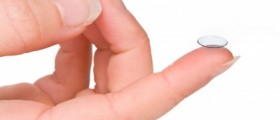


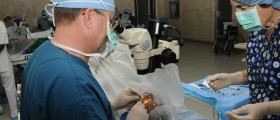



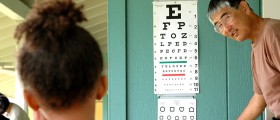
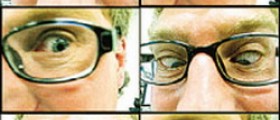




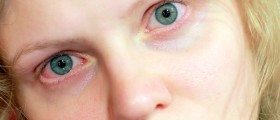
Your thoughts on this
Loading...